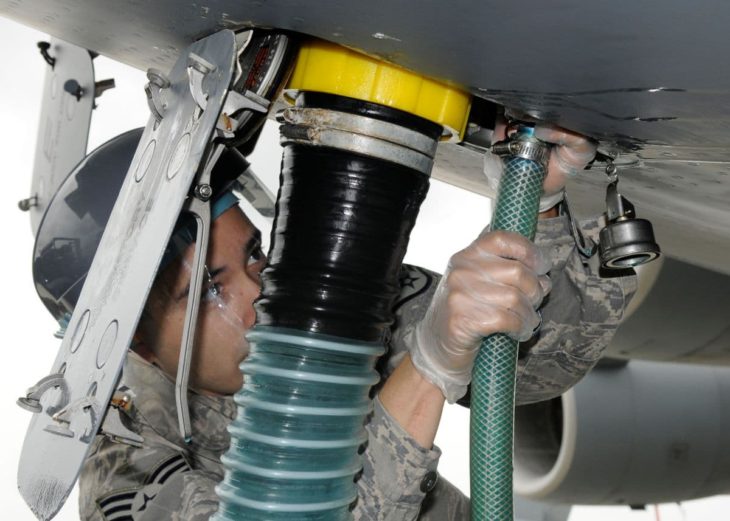Scientists have revealed an ambitious experiment demonstrating the ability of “wet” human waste, like rotting food and sewage, to power airplanes. The recycled fuel could vanquish airline emissions and reduce waste, creating a “165 [percent] reduction” overall, according to the scientists. That represents about 4 percent of total greenhouse gases. The secret is volatile fatty acids (VFA), converted from a waste product into paraffin, a popular combustible jet fuel ingredient. “Over 21 billion gallons of jet fuel are consumed in the United States annually, with demand expected to double by 2050,” the researchers, from the U.S. National Renewable Energy Laboratory (NREL), explain. They continue: “Sustainable aviation fuels (SAF) comprise a significant portion of the aviation sector’s strategy for CO2 reductions given the limited near-term prospects for electrification. In addition, the low aromatic content of current SAF routes has been shown to reduce soot formation and aviation-related aerosol emissions by 50 to 70 [percent]. Soot is the primary nucleator of contrails, which have a larger effective radiative forcing (57.4 mW/m2) than aviation-emitted CO2 alone (34.3 mW/m2).”

There’s a key snag in reducing airline emissions: it’s much harder to develop a hybrid, electric, or other alternative fuel source plane than it was to begin developing consumer vehicles on the ground. But there’s a key upside, too: jet fuel has lower purity requirements than gasoline for cars. Researchers have crowded into the space to search for recycled or renewable fuels that will still power basically regular airplanes. Wet waste includes everything from flushed toilet water, to rotting food waste, to yes, your poop. It’s typically biodegradable, but still generates further waste—like the methane generated by landfills. This is harvested, but the process is inefficient. In their new study, the NREL scientists describe draining wet waste of water and then catalyzing it into fungible (virtually identical and swappable one-to-one) hydrocarbons for airplane fuel. The new way to extract and blend resulted in more efficient, better-burning jet fuel that can safely replace a higher percentage of hydrocarbons in the final blend. (Think: a hypothetical ethanol that could replace 70 percent of gasoline in your car.) To do this, the scientists took wet waste that’s typically turned into methane and slowed the process so that more complex hydrocarbons emerged.

It’s a huge improvement, and the cost is reasonable: “Techno-economic analysis for VFA catalyst upgrading determined VFAs can be produced at $0.30/kg to achieve a Fast Track minimum fuel selling price of $2.50/gallon,” the scientists explain. There’s enough viable wet waste to replace 20 percent of overall airplane fuel, which also means diverting the wet waste from the methane-producing landfill cycle. This is how the reduction in emissions goes past 100 percent all the way to 165 percent. Flying the friendly skies only gets friendlier with lower emissions and fewer contrails, both generating and trapping less greenhouse gas around the world. This new way to catalyze wet waste into paraffin both efficiently and at a reasonable cost could also help to reduce the high energy cost of spoiled food and other wet waste in the first place.


